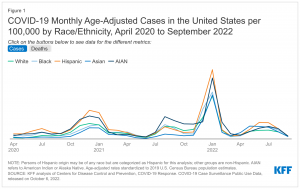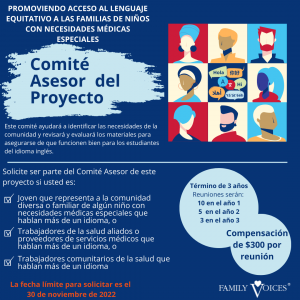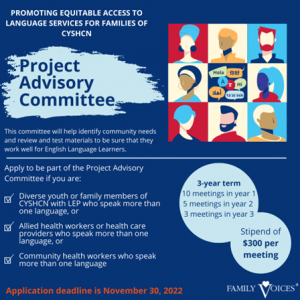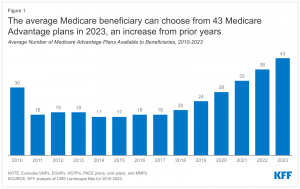The Washington State Department of Health (DOH) wants the public to know flu cases are rising quickly in Washington state and nationwide. Flu hospitalizations are at the highest rates seen in 10 years for this point in the year. In the last two weeks, DOH is reporting high cases of flu-like illnesses in Washington.
Flu illness can have serious health consequences, especially for people who are under five years old, age 65 or older, pregnant, immunocompromised, or have chronic health conditions.
In addition to the flu, other respiratory illnesses, such as COVID-19 and RSV, are combining to push our hospitals to emergency capacity. Help keep yourself and your community healthy by getting a flu vaccine and taking other measures to prevent illness.
“Our state’s pediatric healthcare system is overloaded with extremely high numbers of children with respiratory infections,” said Tao Sheng Kwan-Gett, MD, MPH, chief science officer for DOH. “Families urgently need to do everything they can to keep everyone healthy and avoid the need for healthcare, and flu vaccination is one of the most important prevention tools.”
Following the proper prevention and hygiene practices can halt the spread of respiratory illnesses. Washington State Department of Health recommends:
- Get vaccinated. Vaccination is your best defense against flu and COVID-19.
- Wash your hands frequently with soap and water. Use hand sanitizer when soap is not available, and hands are not visibly soiled.
- Consider wearing a mask in crowded settings.
- If you are sneezing or coughing, wear a mask or use the crook of your arm or a tissue to avoid getting germs onto your hands or spreading virus in the air.
- Avoid close contact with sick individuals.
- If you feel sick, stay home.
The most common strain so far is influenza A (H3N2). This strain typically causes more severe disease. All available flu vaccines provide protection against H3N2.
DOH strongly recommends everyone aged 6 months and older get the flu vaccine as soon as possible. It takes two weeks for the flu vaccine to be effective making it a key time to get vaccinated before people get together for the December holidays. If you get the flu when you are vaccinated, it’s typically milder and the vaccine can prevent serious complications including hospital care.
The flu vaccine is available at most pharmacies, health care providers’ offices, and clinics. State employees are eligible to receive SmartHealth points for receiving a flu vaccine. The flu vaccine can be received on the same day as the updated COVID-19 updated booster and other vaccines.
Find out more at KnockOutFlu.org.





